29 Oct Staying Connected While Working From Home
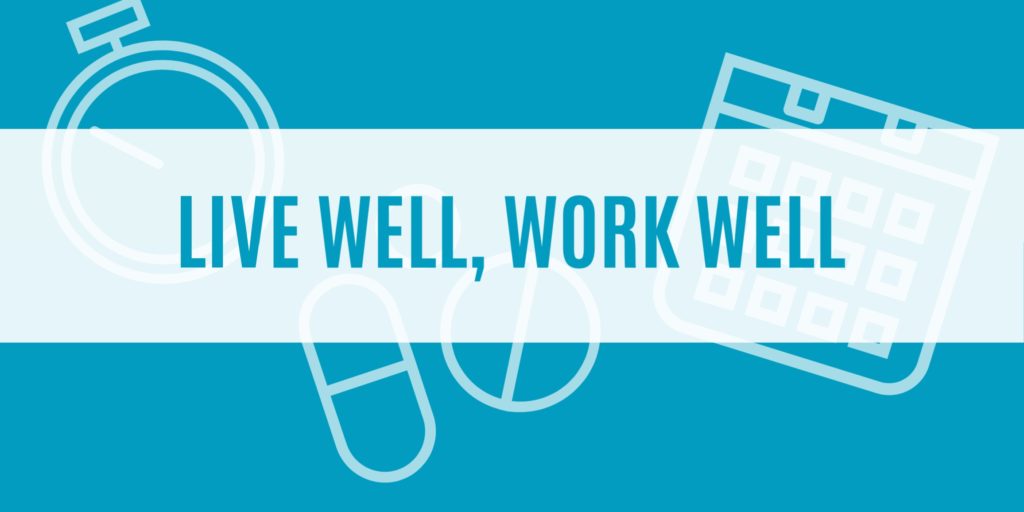 Working from home has grown more popular than ever due to the COVID-19 pandemic. Although it can make the workday more flexible and safe, it poses challenges for employees and employers alike. In particular, challenges regarding social well-being and connectivity are among some of the top concerns with working remotely.
Working from home has grown more popular than ever due to the COVID-19 pandemic. Although it can make the workday more flexible and safe, it poses challenges for employees and employers alike. In particular, challenges regarding social well-being and connectivity are among some of the top concerns with working remotely.
Although it’s tough, there are some ways to stay connected while working from home.
What Is Social Well-being?
29 Oct Work Opportunity Tax Credit Available Through Dec. 31, 2020
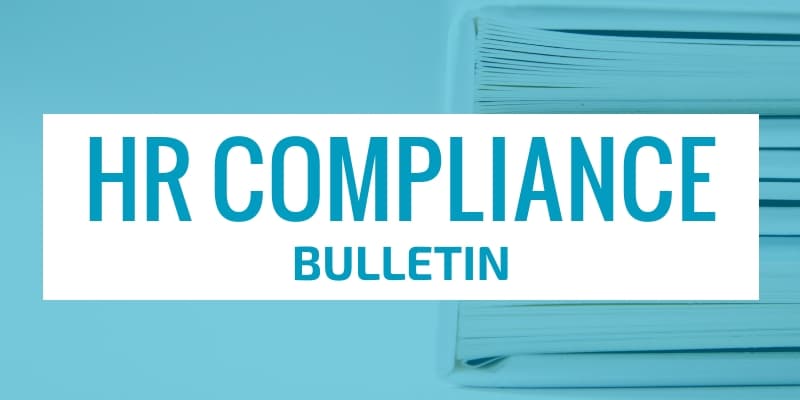 The Work Opportunity Tax Credit (WOTC) is a federal tax credit available to employers that hire individuals from certain “targeted groups” that have consistently faced significant barriers to employment.
The Work Opportunity Tax Credit (WOTC) is a federal tax credit available to employers that hire individuals from certain “targeted groups” that have consistently faced significant barriers to employment.
An employer may claim the WOTC for wages paid to these individuals during their first year of employment, as long as they are hired before Dec. 31, 2020, and work at least 120 hours for the employer during that first year. The credit is calculated as:
- 25% of the wages paid to an employee who worked between 120 and 400 hours; or
- 40% for an employee who worked more than 400 hours.
29 Oct Final Rule on Health Care Transparency Issued
 On Oct. 29, 2020, the Departments of Labor (DOL), Health and Human Services (HHS) and the Treasury (Departments) issued a final rule regarding transparency in coverage that imposes new transparency requirements on group health plans and health insurers in the individual and group markets. These provisions only apply to non-grandfathered coverage, including both insured and self-insured group health plan sponsors.
On Oct. 29, 2020, the Departments of Labor (DOL), Health and Human Services (HHS) and the Treasury (Departments) issued a final rule regarding transparency in coverage that imposes new transparency requirements on group health plans and health insurers in the individual and group markets. These provisions only apply to non-grandfathered coverage, including both insured and self-insured group health plan sponsors.
This final rule was issued in response to an executive order issued on June 24, 2019, aimed at improving price and quality transparency in health care. 29 Oct Affordable Care Act: 2021 Compliance Checklist
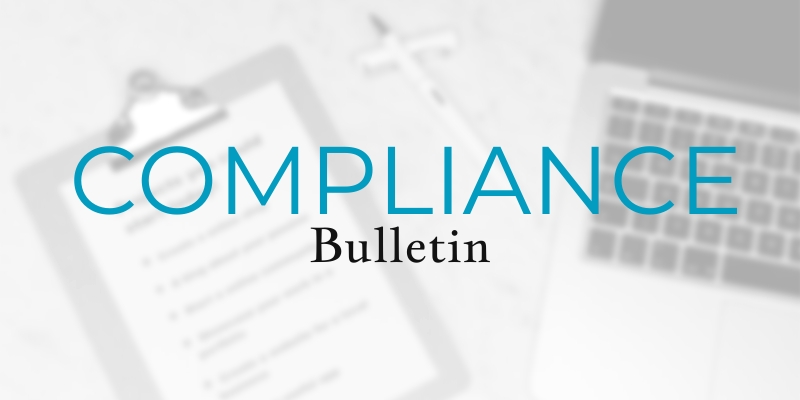 The Affordable Care Act (ACA) has made a number of significant changes to group health plans since the law was enacted in 2010. Since that time, a number of changes have been made to various ACA requirements that employers and plan sponsors should be aware of. It is important for employers to periodically review their benefit plans in order to maintain compliance with these various requirements.
The Affordable Care Act (ACA) has made a number of significant changes to group health plans since the law was enacted in 2010. Since that time, a number of changes have been made to various ACA requirements that employers and plan sponsors should be aware of. It is important for employers to periodically review their benefit plans in order to maintain compliance with these various requirements.
Changes to some ACA requirements take effect in 2021 for employers sponsoring group health plans, such as increased dollar limits. To prepare for 2021, employers should review these upcoming requirements and develop a compliance strategy.
This ACA Overview provides an ACA compliance checklist for 2021. Please contact Reseco Group for assistance or if you have questions about changes that were required in previous years. 29 Oct IRS Announces 2021 Retirement Plan Limits
 The Internal Revenue Service (IRS) has released Notice 2020-79, containing cost-of-living adjustments for 2021 that affect amounts employees can contribute to 401(k) plans and IRAs, most of which remain unchanged.
The Internal Revenue Service (IRS) has released Notice 2020-79, containing cost-of-living adjustments for 2021 that affect amounts employees can contribute to 401(k) plans and IRAs, most of which remain unchanged.
Key limits that remain unchanged include the following:
- The employee contribution limit for 401(k) plans will remain $19,500. The catch-up contribution limit for employees aged 50 and over also remains unchanged at $6,500.
- The employee contribution limit for IRAs will remain $6,000. The catch-up contribution limit for employees aged 50 and over also remains unchanged, at $1,000.
- The employee contribution limit for SIMPLE IRAs and SIMPLE 401(k) plans will remain $13,500.
- The limits used to define a “highly compensated employee” and a “key employee” will remain $130,000 and $185,000, respectively.
26 Oct Trends at a Glance: Deductible Costs
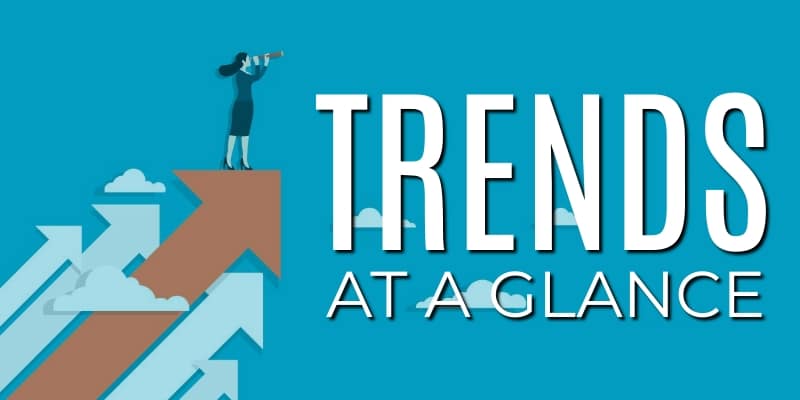
Deductibles are the amount a participant owes for health care services each year before the insurance company begins to pay.
Data within this Trend at a Glance is based on the 2020 UBA Health Plan Survey and are based on responses from 11,788 employers sponsoring 21,980 health plans covering 1,366,186 employees nationwide. Reseco Insurance Advisors is a member of United Benefit Advisors (UBA) and by using this data, we can help employers more accurately evaluate costs, contrast the current benefit plan’s effectiveness against competitors’ plans, and adjust accordingly. This gives employers a distinct competitive edge in negotiating rates—and recruiting and retaining a superior workforce.
24 Oct 10.23.20 – Weekly Summary
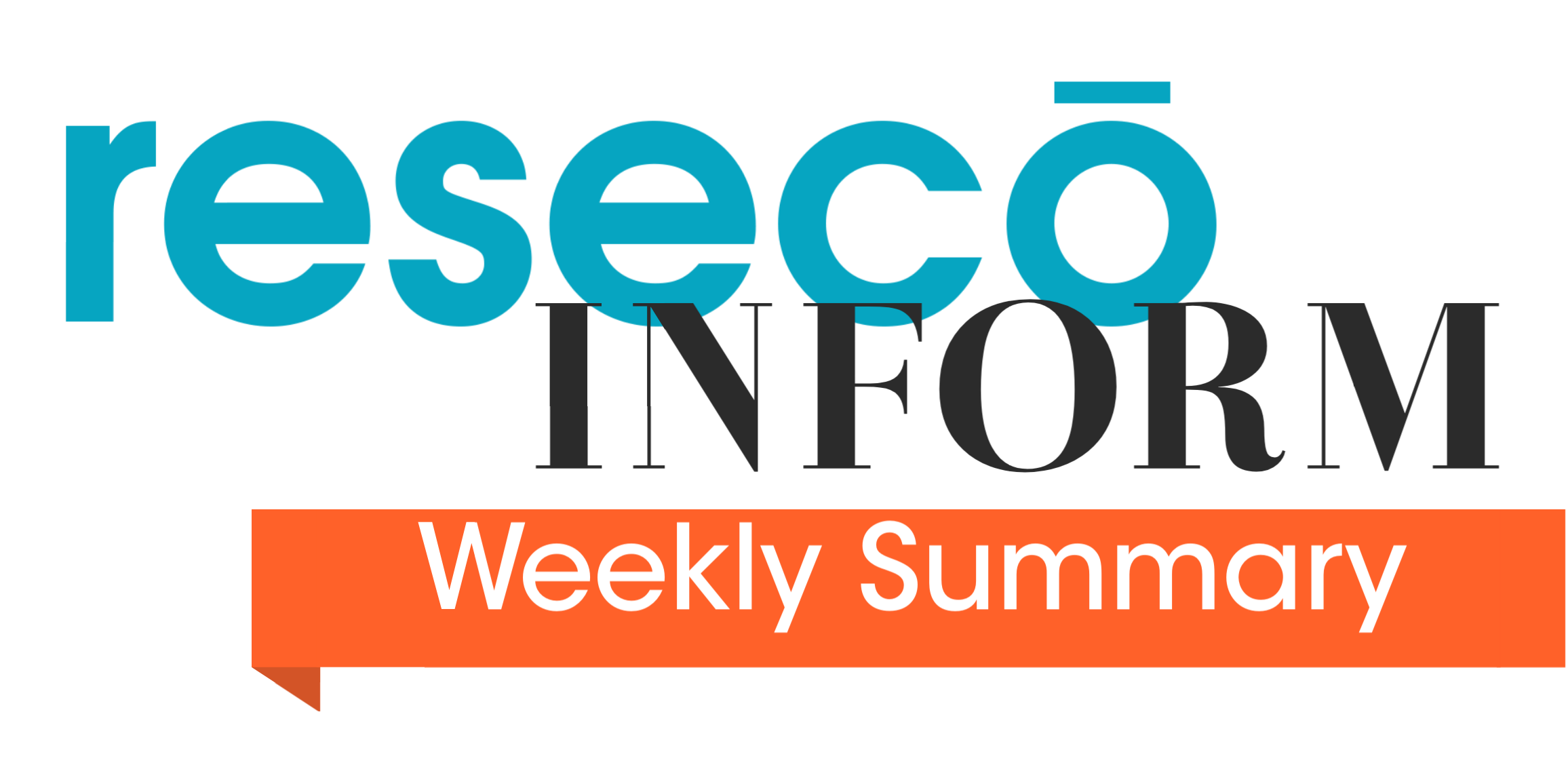


 The Time We’re Living In Now Is Not Like Any Other Period From Recent Memory. Between The COVID-19 Pandemic, Global Economic Downturns And Lingering Job Shortages, It’s Safe To Say That We’re All Charting Unknown Waters.
The Time We’re Living In Now Is Not Like Any Other Period From Recent Memory. Between The COVID-19 Pandemic, Global Economic Downturns And Lingering Job Shortages, It’s Safe To Say That We’re All Charting Unknown Waters.